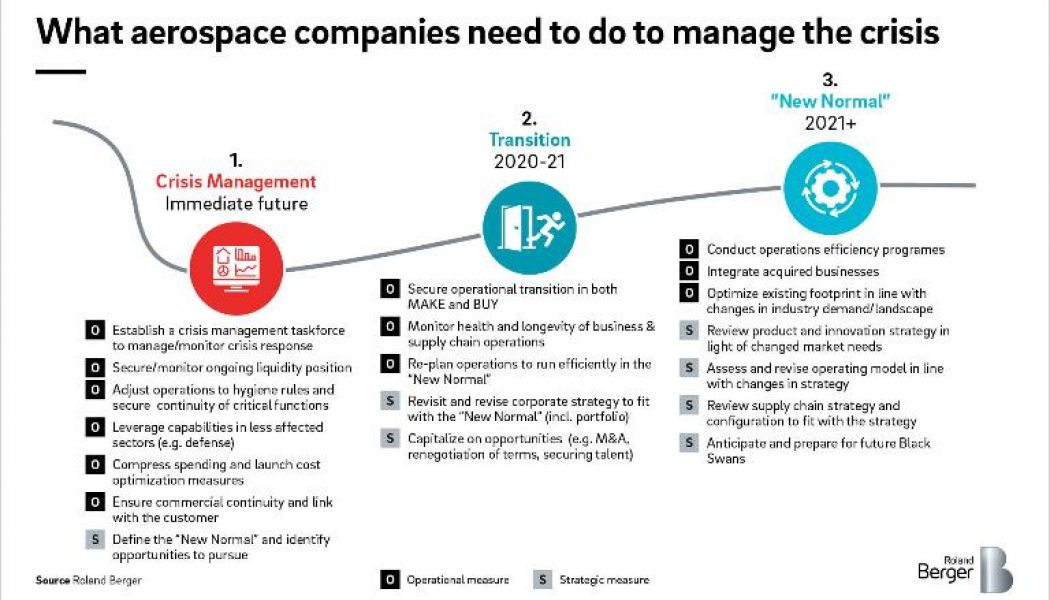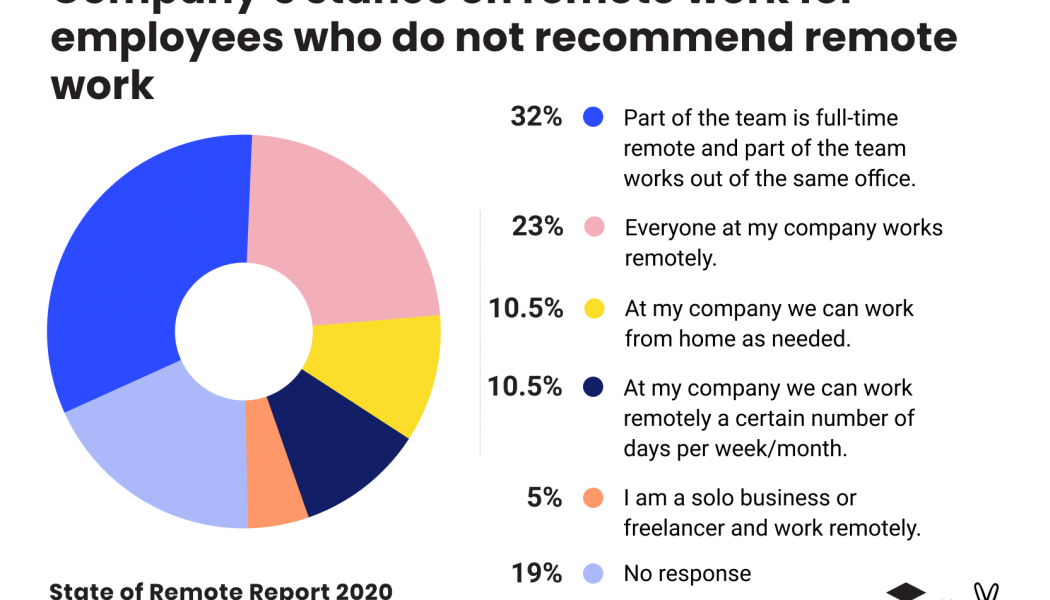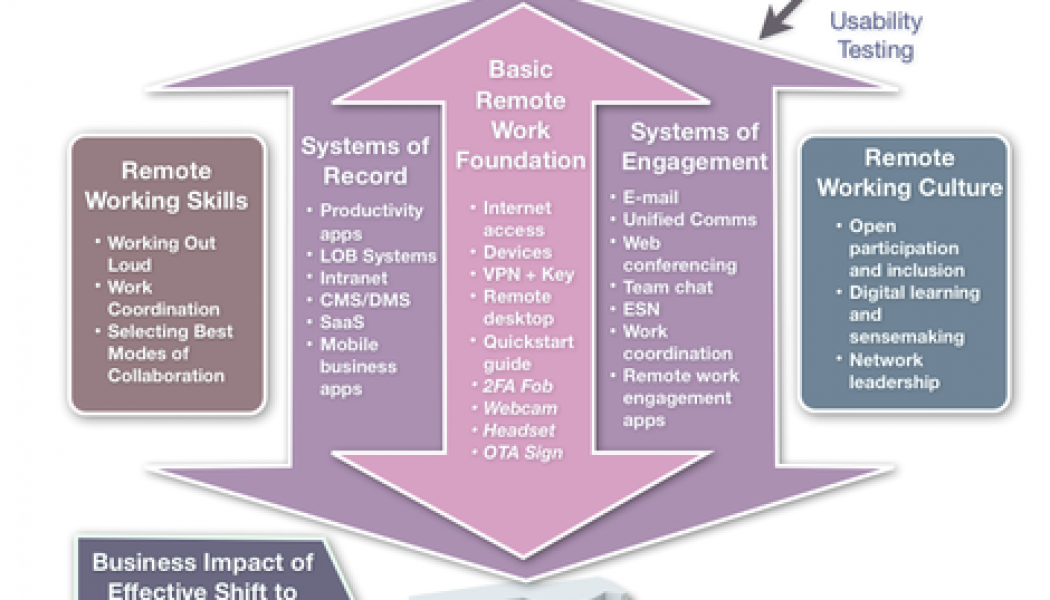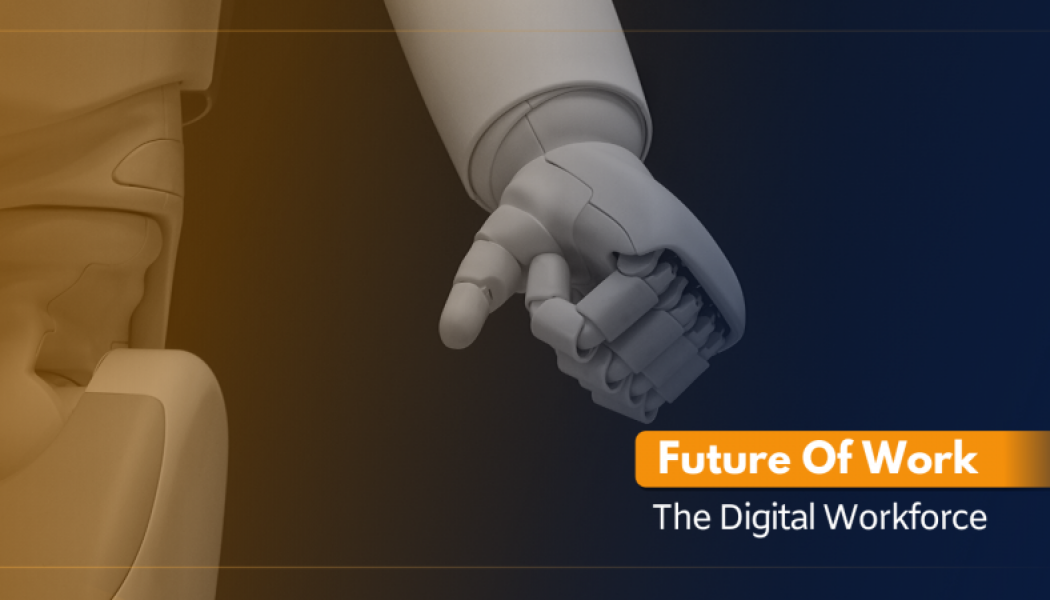Remote working
How a Multi-channel Approach could Improve the Experience of Remote Workforces
As the COVID-19 pandemic irrevocably redefined the way we communicate and work, remote working and mobile workforces have become central to doing business in the new normal. This means that organisations are having to develop new communication strategies and channels to create a collaborative remote working environment for employees to ensure Business Continuity (BC). However, it goes beyond merely assisting them to set up shop in their living rooms and bedrooms so they can continue to carry out their daily activities, the biggest concern has been enabling as much productivity of the mobile workforce as when they were in the office. This means that remote workers should have access to the same software applications, data and tools as when working physically in the office. Yet not everythin...
How Tech Companies have Managed to Stay Relevant during COVID-19
COVID-19 has redefined what we previously deemed as normal in all aspects of our lives. It has thrusted digital transformation to the forefront of the business arena and shown that if you cannot innovate and adapt to this new norm, then the end is imminent. How consumers engage with businesses has also changed dramatically over the last few months, with technology and digital processes being more prevalent than ever. Companies that have been innovative, have made their products and services readily available, and could easily adapt to digital transformation stood a better chance of succeeding. Technology companies are a prime example of this, and they are well positioned to thrive in this new norm. Keeping up with the times The tech companies that continued to thrive throughout the pandemi...
Why Remote-Working Works
Sourced from Getty Images. An unforeseen work-from-home revolution has caught many companies by surprise as most employees have now been forced to work from home. The likelihood of returning to the office any time soon seems very unlikely. So what are the pros and cons of working from home? Working from home usually provides employees with greater autonomy over how and when they work, and also how they manage their lives and other responsibilities. Remote working also provides better job satisfaction, increased loyalty, lower absenteeism and less staff turnover. Increased productivity Remarkably, research shows that there is an increase in performance for employees working from home. Airtasker surveyed about 1000 full-time employees in the US of which 50% worked remotely. They compared eve...
The Future of Remote Working in South Africa
Sourced from We Work Remotely For several months now, office spaces across South Africa have been gathering dust, void of occupants as employees have been working from home. While there is no telling when the pandemic will end, if the current work-from-home culture is adopted more permanently, offices may soon become ghost towns. But the future of remote working largely remains to be determined. When the COVID-19 crisis began, countless businesses were put to the ultimate test from an IT infrastructure support perspective. A large proportion of the workforce had to cease going in to the office in order to prevent the spread of the virus. As such, for businesses to survive, they had to devise a remote working strategy and leverage digital technology to bring work into the home instead, ensu...
Leading a Remote Workforce: a Success Story
At a time when the whole world has been forced to make drastic changes to the way in which it operates, one has to wonder whether being at the helm of any organisation is an enviable position. As the cumulative effects of South Africa’s recent economic downturn and current world events make themselves felt, the ability to adapt to new models of working has been the fundamental driver of maintaining operations. Canon South Africa MD, David Preston, has been working from his home country in England when lockdown took effect, and when asked what challenges he’s had to overcome in the wake of the lockdown restrictions, being abroad is first on the list. However, he is quick to add that this has proved more of a mental challenge than anything else because, practically, it’s been a matter of usi...
Is Company Culture Hindering Your Mobile Workforce?
Sourced from Tapscape While the mobile workforce has long been possible in theory, thanks to the ready availability of cloud technologies, many enterprises have continued to operate in a more traditional manner. The COVID-19 pandemic and subsequent lockdowns around the globe have forced businesses to completely rethink the way they operate. This unprecedented situation has dramatically accelerated the mobility drive, and subsequently the adoption of the cloud. Most organisations were faced with the choice of enabling staff to work from home or ceasing to operate, and the cloud offers the ideal way to access technologies to facilitate this. There is no going back “While we may have moved down a level in our lockdown status, President Ramaphosa has stressed that those who are able to work re...
How Using Cloud Can Increase Security for Remote Working During the Pandemic
Sourced from Tapscape The cloud can enable organisations to quickly scale out enhanced security to a suddenly remote workforce, as part of efforts to ensure business continuity and disaster recovery – this is according to Patrick Grillo, Senior Director and Solutions Marketing at Fortinet. The pandemic had created unique challenges for employers and employees across all sectors around the world, with Varun Kukreja, Senior Program Manager – IT Security MEA, IDC Middle East, Africa, & Turkey, saying securing the teleworker had become a top priority, with some 90% of organisations looking to provide staff with secure access to IT services and applications. The pandemic had also accelerated digital transformation, he says, with an IDC Meta survey interim results revealing that some 56% of ...
CIOs Should Embrace the Opportunities of a Post-lockdown Market
As South Africa enters the tenth week of the nationwide lockdown, the business focus has shifted from enabling employees to work remotely to now planning for what the new normal is likely to look like. This requires CIOs to balance existing organisational priorities with ways of becoming more adaptive to the changing environment. Critical to this is decisive decision-making that positions the business for growth. For small to medium-sized businesses that do not have all the skills in-house to transform their IT environments, decision-makers should consider going the outsourcing route. By partnering with a managed service provider (MSP) that can deliver everything from a cloud-readiness audit through to helping identify the technology gaps that exist between the business strategy and what i...
The Future of Work – Becoming a Digital Workforce
Sourced from HCAMag.com The future of work has always been a popular topic for discussion, especially among HR and payroll practitioners. However, the current COVID-19 pandemic and the resultant lockdown many countries have experienced are fast-tracking discussions towards more practical interventions to prepare the workforce for what will be the new normal. “Even though many aspects of the Fourth Industrial Revolution (4IR) and the digitalisation of workforces have been theoretical, the impact of the global COVID-19 pandemic has forced management to rethink their approaches to employees and how they use technology to not only improve productivity but reinvent traditional processes,” says Ian McAlister, GM at CRS Technologies. More than just technology Consider artificial intelligence (AI)...
- 1
- 2



















